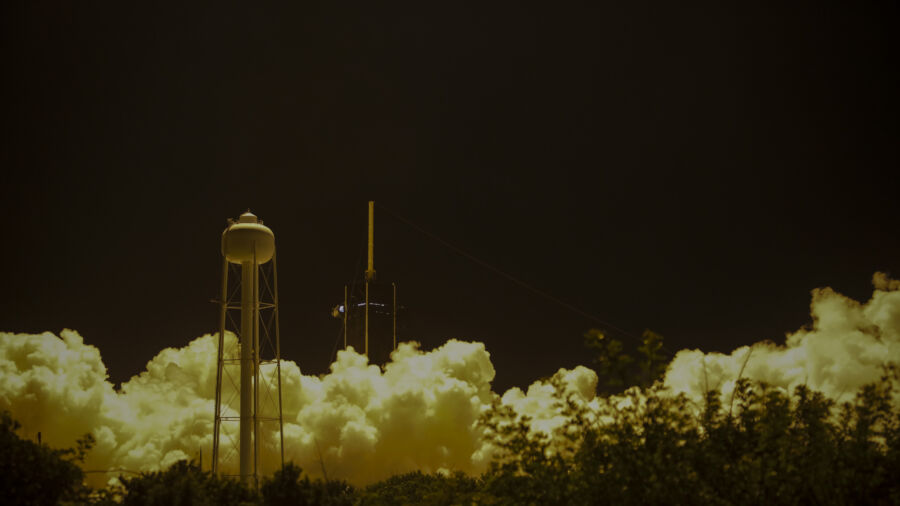SpaceX has launched a further 21 of its Starlink internet satellites into orbit. The satellites were transported on a Falcon 9 rocket, which set off from NASA’s Kennedy Space Center in Florida shortly before 11 p.m. EDT on Sept 3.
The mission, dubbed Starlink 6-12, was the 46th launch from the Space Coast this year and also marks the 62nd orbital mission across four launch pads for the company this year, which sets a new launch record for the company, surpassing the previous record made in 2022, according to SpaceX founder and CEO Elon Musk.
“Great work by the @SpaceX team successfully launching 61 Falcon rocket missions this year!” the owner of X wrote on the platform formerly known as Twitter. “If tomorrow’s mission goes well, we will exceed last year’s flight count. SpaceX has delivered ~80% of all Earth payload mass to orbit in 2023. China is ~10% & rest of world other ~10%.”
Nine Merlin main engines lifted off at 10:47 p.m. EDT, and the Falcon 9 rocket’s first stage safely returned to Earth just over 8 minutes after launching, landing on a drone ship that was stationed in the Atlantic Ocean, completing it’s 10th return flight to space.
The rocket’s upper stage continued into low Earth orbit, where it was scheduled to deploy the satellites just over an hour after the launch, Space.com reported.
In addition to the launch, SpaceX also retuned four astronauts, who were deployed on the company’s Crew-6 mission.
The astronauts had been at the International Space station (ISS) since March of this year, and returned aboard the Crew Dragon capsule, named Endeavour, shortly after midnight.
SpaceX has no intention of slowing down anytime soon.
More Starlink and other missions are scheduled for liftoff for the remainder of this year from launch pads in Florida and California. A new batch of Starlink satellites are rumored to be launched from Cape Canaveral, Florida, later this month, although SpaceX has yet to confirm the date and time for liftoff.
In addition, the company is set to launch a triple-core Falcon Heavy rocket from Kennedy Space Center in October. The launch will send NASA’s Psyche spacecraft to a metal-rich asteroid for research purposes.
A second attempt at a suborbital test flight of the integrated Starship Super Heavy vehicle system is currently in the works by SpaceX teams in Texas. A full-scale static fire engine test of the Super Heavy booster was conducted last week, which could potentially set the stage for a test flight later in the year.
It does, however, first require clearance by the Federal Aviation Administration as well as a conclusion of the investigation into the causes of last April’s Starship explosion.

